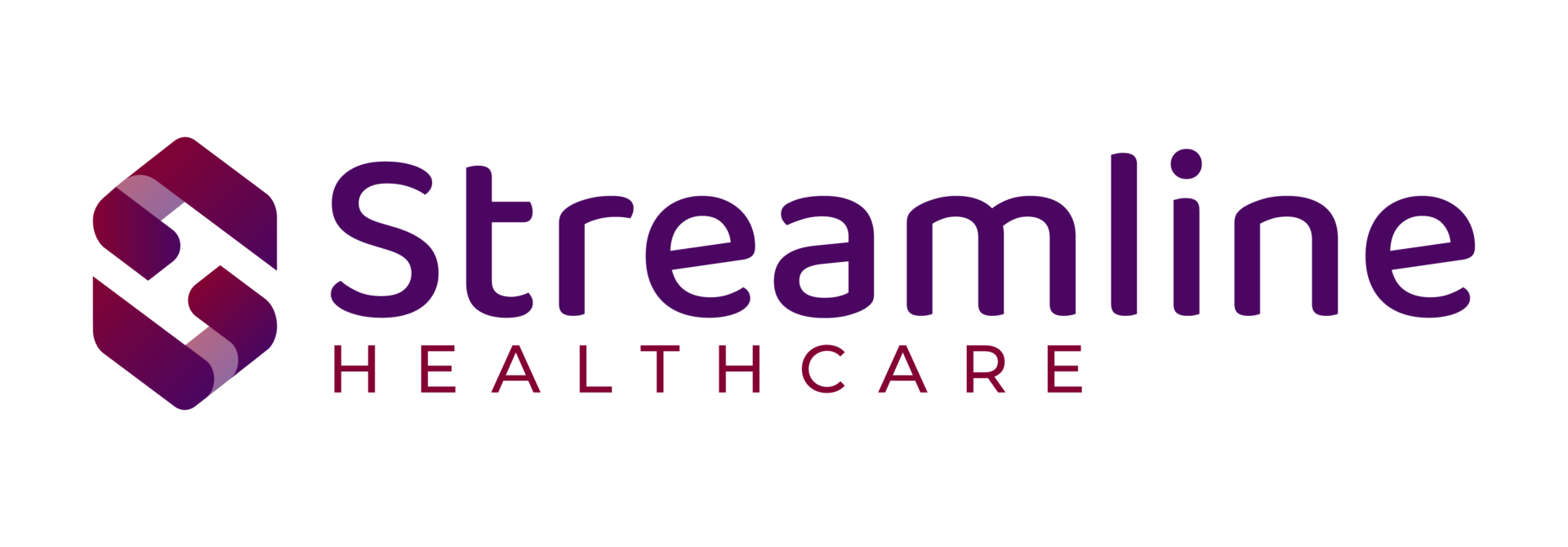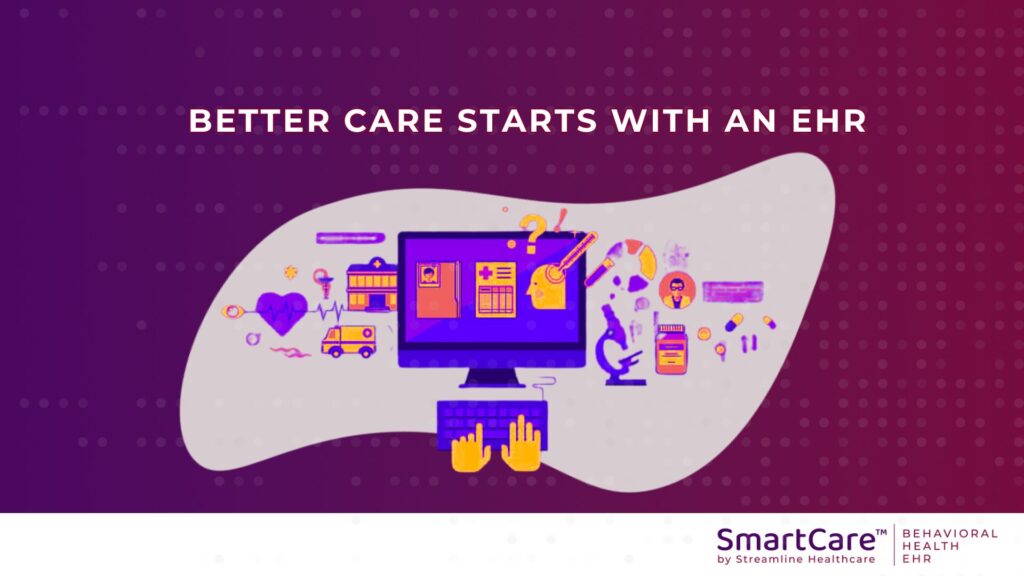Telehealth, also known as remote or virtual care, grew out of necessity during the COVID-19 Pandemic for both physical and behavioral health care, but due to a number of important factors, it has had remarkable staying power for behavioral health services.
While the use of telehealth for physical healthcare has declined since the Pandemic peak, it has remained steady for behavioral health visits, which in 2022 accounted for almost 60% of all telehealth visits. Three factors are driving the continued popularity of telehealth for mental health services: continued demand, staffing shortages, and access to care issues.
Continued interest among individuals
According to a JD Power survey of 4,306 consumers last year, 57% say they prefer telehealth for their regular mental health visits. The top reasons cited for preferring telehealth, in general, were convenience (61%), faster access to care (49%), and ease of access to health information (28%).
Analysis by independent health data provider FAIR Health found that mental health conditions were the top telehealth claim lines last year, representing 66% of claim lines. Top mental health claims were:
- Psychotherapy, 1 Hour: 26.8% of claim lines.
- Established office or other outpatient visits, 30 to 39 minutes: 15.4% of claim lines.
- Established office or other outpatient visits, 20 to 29 minutes: 13.9% of claim lines.
- Psychotherapy, 45 minutes: 10.9% of claim lines.
- Psychotherapy with evaluation and management, 30 minutes: 4.5% of claim lines.
Behavioral Health staffing shortages
Faced with workforce shortages and turnover rates for clinical professionals of more than 20%, behavioral health providers have to provide options to attract and retain qualified staff.
SteadyMD, a telehealth provider organization, conducted a survey of applicants for clinical positions last year and found that 50% of therapists were interested in full-time telehealth. The top reasons cited by all clinicians were a flexible schedule (32%), working from home (32%), and the telehealth experience (29%).
Access to care for mental health services
Telehealth can help address inadequate access to care for mental health services, particularly in rural areas.
According to a recent Kaiser Family Foundation survey, of the adults who reported having unmet mental health care needs, 25% cited not knowing where to get care as a reason.
A previous report found that 55% of rural patients used telehealth for mental health and substance use disorder treatments, compared to 35% of urban patients.
Streamline SmartCare™: A Comprehensive EHR Solution
Streamline’s SmartCare™ is an enterprise, cloud-based, single-platform, and intelligent Electronic Health Record (EHR) platform designed specifically for Behavioral Health and Human Services organizations.
SmartCare™ enables organizations to take a more comprehensive, seamless approach to operations, care and analytics, making it ideal for sophisticated strategies such as whole person care and hybrid in-person and remote care via its Telehealth Module. Experience a demo of SmartCare™ today.




